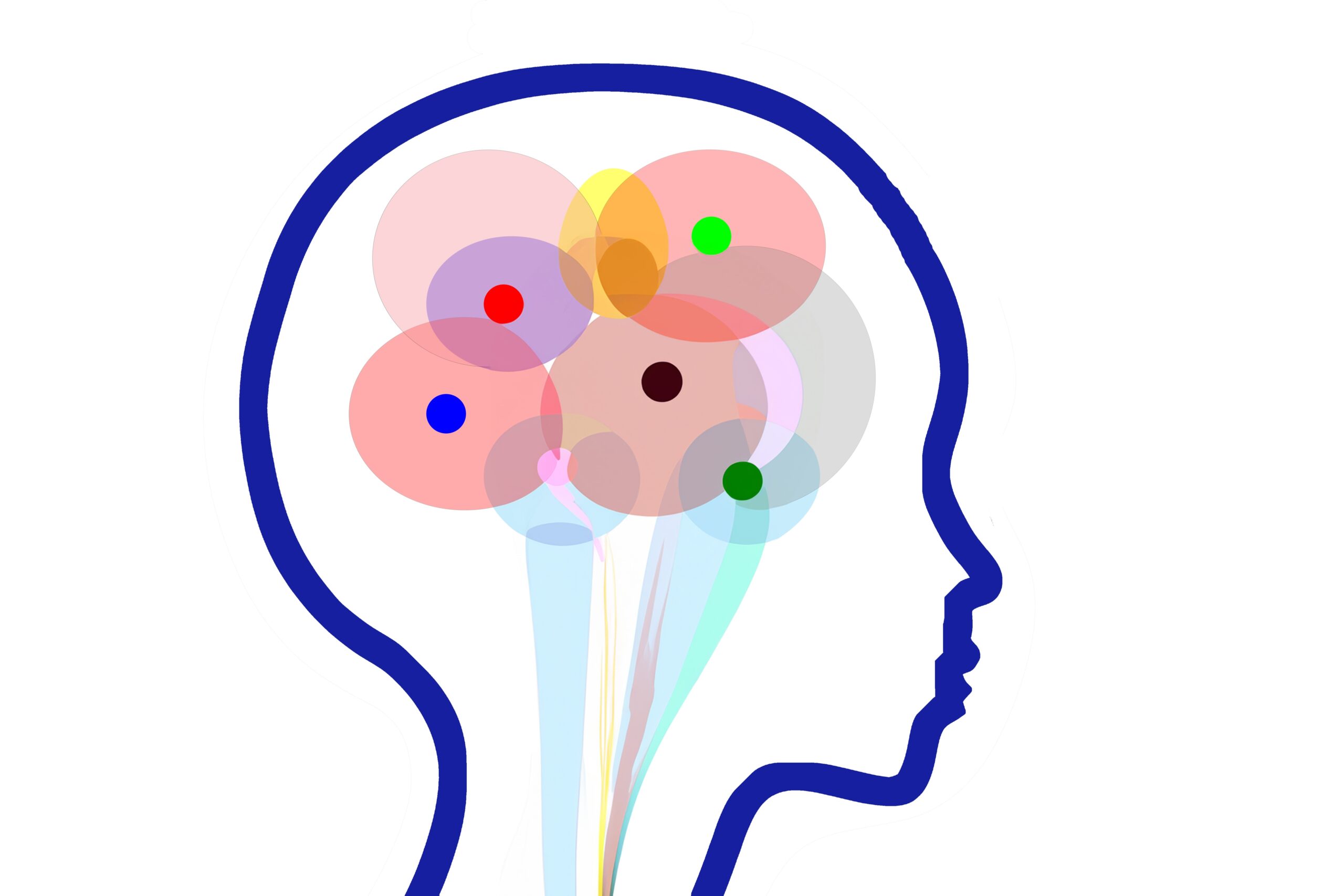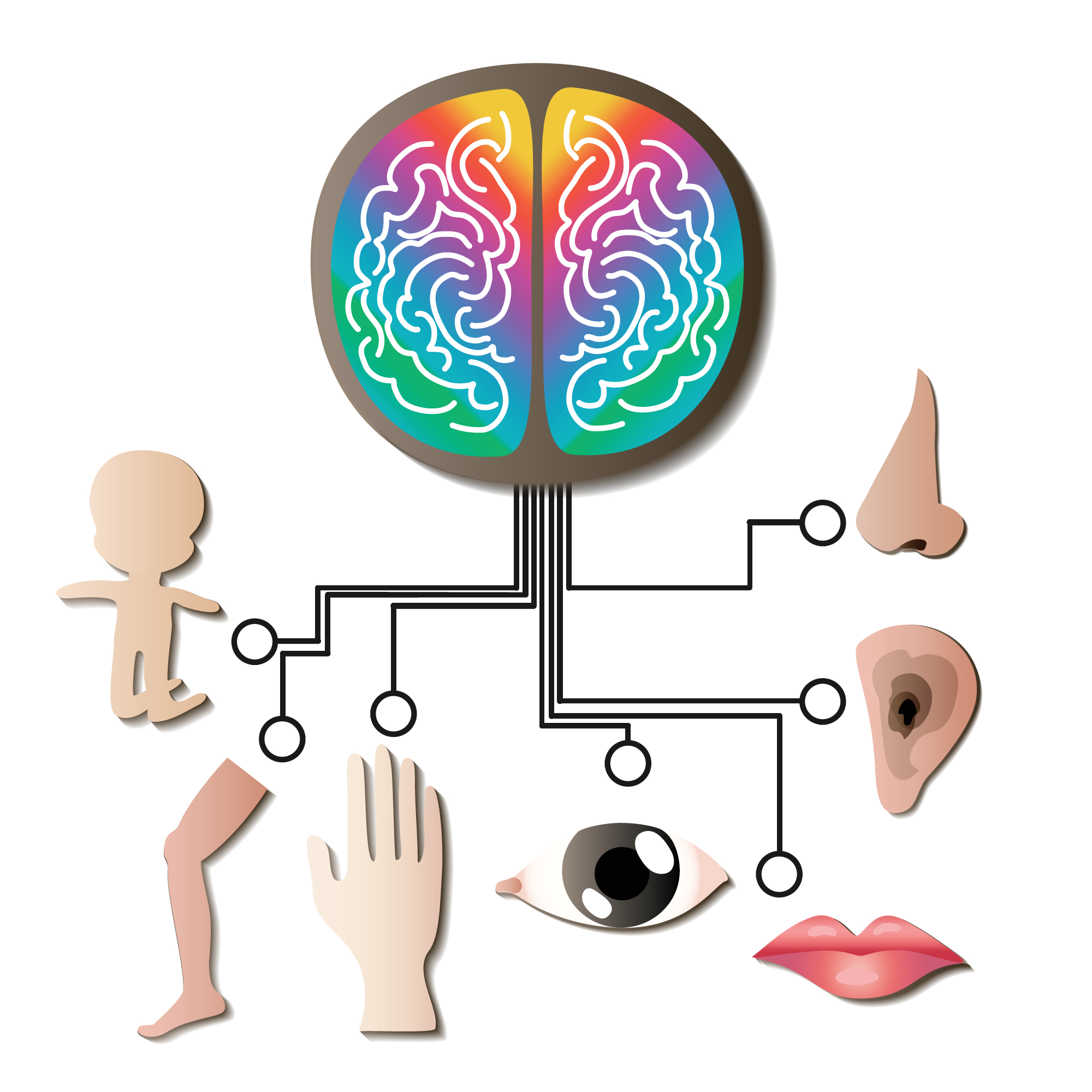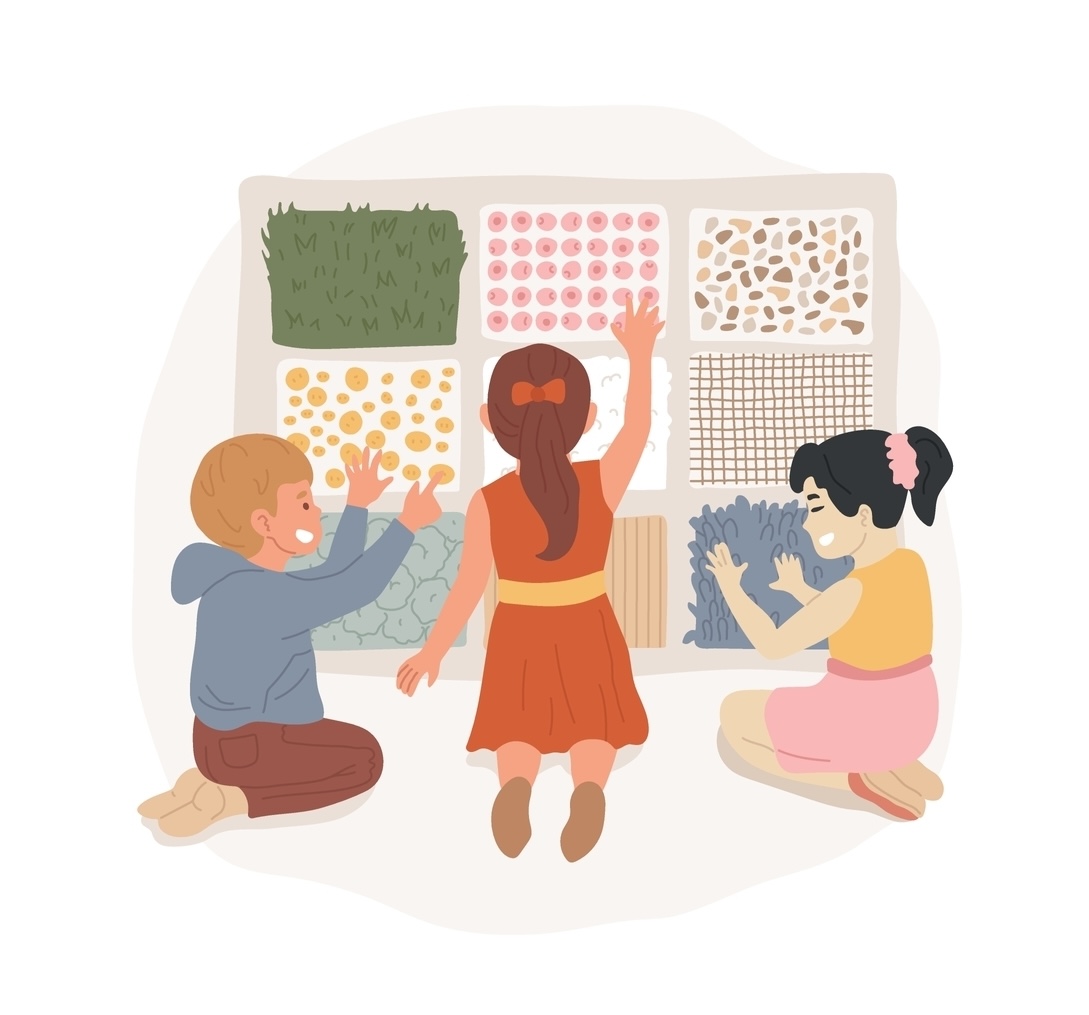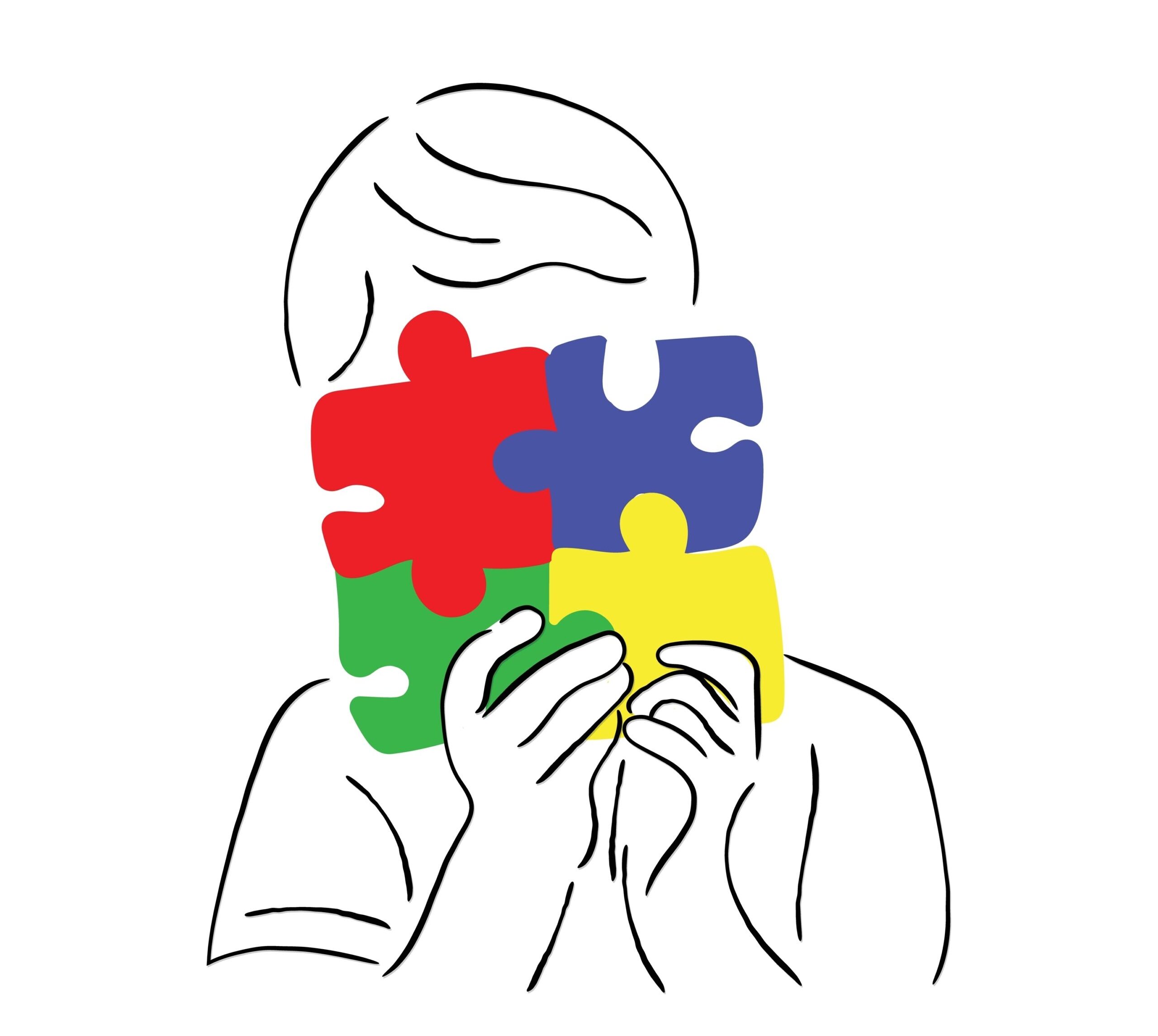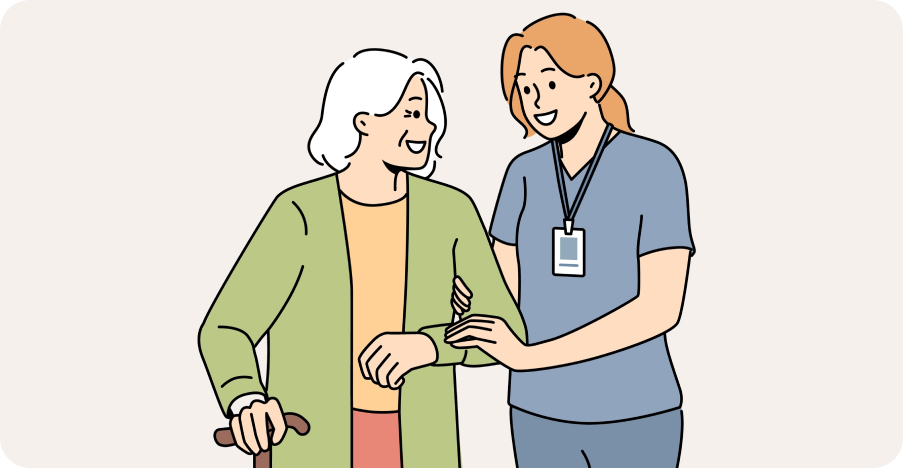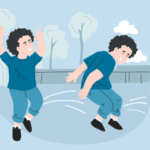
Blog
What Are the Signs That Your Baby or Toddler Is Experiencing a Sleep Regression?
Author: DrSensory
May 16, 2025
What Are the Signs That Your Baby or Toddler Is Experiencing a Sleep Regression?
Sleep regressions can feel like an uphill battle for parents. One moment your baby is sleeping soundly, and the next, you’re dealing with frequent night awakenings, nap refusals, and bedtime struggles. It’s exhausting, confusing, and often leaves parents unsure of the best next steps.
This post dives into the common indicators of sleep regressions, how to distinguish them from other sleep challenges, and actionable strategies to help your baby or toddler (and you!) through these tricky phases. Whether you’re navigating nap strikes or wondering if sensory sensitivities might be a factor, we’ve got you covered.

Understanding Sleep Regression and Its Signs
What is Sleep Regression?
Sleep regression describes a period when a baby or toddler who normally sleeps well suddenly develops disrupted sleep patterns. These phases are typically triggered by developmental milestones, changes in routine, or physical discomfort. Despite being difficult, these regressions are normal and temporary.
Common Signs of Sleep Regression
Some tell-tale signs that your child may be experiencing sleep regression include:
- Fighting naps or bedtime
- Increased night awakenings
- Waking up earlier than usual in the morning
- Difficulty falling asleep despite appearing tired
- Crying or fussing more during bedtime routines
While these signs can overlap with other challenges like illness or sleep disorders, they often occur in conjunction with your baby’s growth or changes in their environment.
What Causes Sleep Regression?
Several factors contribute to sleep regressions:
- Neurodevelopmental leaps such as learning to crawl or walk.
- Sleep-onset associations, where babies rely on external help (rocking, feeding, etc.) to fall asleep.
- Illness or teething, which disrupt normal sleeping routines.
- Changes in schedule (like dropping naps or transitioning to toddler beds).
- Travel or routine disruptions, which can throw off sleep patterns.
- Sensory sensitivities can also play a role for some children.
Changes in Nap Schedules Indicating Sleep Regression
Nap Strikes and Schedule Adjustments
One common indicator of sleep regression is a sudden shift in your child’s napping schedule:
- Nap strikes occur when your baby entirely refuses naps despite showing signs of tiredness.
- Bedtime stalling emerges when toddlers delay going to bed as their internal schedules shift and adjust.
Nap strikes and bedtime delays don’t always mean it’s time to drop a nap permanently. Instead, these behaviors may point to temporary developmental changes.
Behavioral Signs Overlapping ADHD or Autism Sleep Challenges
Overlaps in Sleep Behaviors
Sleep regression shares some behavioral patterns with challenges linked to ADHD or autism:
- Sensory sensitivities may make it difficult for a child to settle in specific environments (e.g., bright lights or loud noises).
- Communication struggles can lead to frustration at bedtime, especially when toddlers can’t fully express their needs.
- Difficulty with transitions can amplify resistance to naps or bedtime routines.
If these behaviors persist beyond typical sleep regression phases, consulting a professional for guidance is recommended.
Further Reading Recommendations
NEURODIVERSITY: Understanding the Overlap Between Autism, Sensory Processing Disorder, and ADHD
How Long Do Baby and Toddler Sleep Regressions Last?
Understanding the Connection Between Sensory Processing and Behavior in Children

How to Distinguish Sleep Regression from Sleep Disorders
Key Differences to Look For
- Sleep regression is temporary and often lasts a few weeks.
- Sleep disorders involve chronic and repetitive issues like sleep apnea, insomnia, or movement disorders.
If your baby consistently struggles with sleep for months or exhibits severe symptoms (such as prolonged night awakenings paired with snoring or gasping), it may be time to consult with a pediatric sleep specialist.
Further Reading Recommendations:
Understanding Sleep Regressions in Babies and Toddlers
Understanding Sleep Disturbances in Neurodivergent Children: Challenges & Effective Strategies
Support for Bedtime Resistance from Therapists
How Can Speech-Language Pathologists Help?
If your child’s bedtime resistance stems from communication challenges, speech-language pathologists (SLPs) can play a crucial role by:
- Helping toddlers build language skills to express their needs or bedtime anxieties.
- Offering strategies to reduce frustration and foster smoother nighttime transitions.
Role of Sensory Integration and Occupational Therapy
Children with sensory processing differences (common in ADHD or autism) may benefit from occupational therapy that:
- Recommends sensory tools like weighted blankets or white noise machines.
- Builds bedtime routines that account for unique sensory preferences.
Further Reading Recommendations:
The Science Behind Sensory Integration Therapy and How It Works
Exploring the Benefits of Sensory Diets
10 Sensory SuperNanny Strategies: A Guide for Caring for Kids with Sensory Processing Disorder (SPD)
Practical Tips to Navigate Sleep Regressions
Establish Calming Bedtime Routines
Consistency is key during sleep regressions. Effective routines include:
- Setting a consistent bedtime each night.
- Incorporating calming activities, such as reading books, singing lullabies, or warm baths.
- Limiting screen time well before bed to promote the production of sleep-friendly melatonin.
Use Sensory-Friendly Techniques
For children struggling with sensory inputs, these tools can help:
- Weighted blankets for a comforting deep pressure.
- Swaddling (infants only) to mimic a snug and secure sensation.
- White noise machines to drown out disruptive sounds.
- Essential oil diffusers with lavender or chamomile for relaxation.
Ensure the Sleeping Environment is Optimal
- Keep the room dark with blackout curtains.
- Use a comfortable room temperature.
- Maintain quiet and minimize disruptions during naps or nighttime.
When to Seek Professional Help
Signs It’s Time to Consult a Specialist
If your baby’s sleep problems are:
- Persisting for months without improvement.
- Leading to excessive daytime tiredness or irritability.
- Causing stress that disrupts your family’s well-being.
It might be time to reach out to a professional.
Using the DrSensory Therapist Database
Looking for professional support? The DrSensory Therapist Database connects you with trusted pediatric PT, OT, and SLP practitioners. Search by location, area of specialization, and expertise to find the right resource for your child’s needs.

Final Thoughts for Parents
Sleep regressions are a taxing but normal part of parenting. Understanding the signs and developing a consistent plan can ease the transition. Remember, you don’t have to tackle these challenges alone. Share this post with other parents who may benefit from these tips, and explore the DrSensory Therapist Database if professional guidance feels like the right step for your family.
related blogs
Your child is constantly moving, crashing into furniture, or having meltdowns in response to seemingly minor things like a loud
Your toddler refuses to wear certain clothes, has huge meltdowns in noisy places, or is an extremely picky eater, limited
Your child seems to miss verbal instructions, struggles to follow conversations in noisy environments, and often asks "what?" even when
On the surface, autism and Ehlers-Danlos syndrome (EDS) might seem like two entirely unrelated conditions. One is a neurodevelopmental condition
The intense head pain begins, lights feel blindingly bright, and every sound seems amplified to an unbearable level. You retreat




